Your spine is the backbone of your body, providing structural support and facilitating movement. When spine-related issues arise, understanding the diverse range of treatment options becomes essential for empowering your journey to spinal health. In this comprehensive guide, we delve into various spine treatments, from conservative therapies to advanced surgical interventions, equipping you with knowledge to make informed decisions and take proactive steps towards a healthier spine.
Understanding Spine Treatments
Exploring Treatment Modalities
Spine treatments encompass a spectrum of interventions tailored to address different spinal conditions, including degenerative disc disease, herniated discs, spinal stenosis, and spinal deformities.
Also Read Decoding Spinal Care: Insights into Modern Treatment Approaches
Key Components of Spine Care
- Conservative Therapies: Non-surgical approaches such as physical therapy, medication, chiropractic care, and acupuncture focus on pain management, improving mobility, and enhancing spine function.
- Minimally Invasive Procedures: Advanced techniques like epidural injections, nerve blocks, and radiofrequency ablation offer targeted pain relief and therapeutic benefits with minimal tissue disruption.
- Surgical Interventions: When conservative measures are insufficient, surgical options such as discectomy, spinal fusion, laminectomy, and disc replacement may be considered to address structural abnormalities and spinal instability.
Empowering Through Knowledge
Educating Patients
Empowering patients with knowledge about their spinal condition, treatment options, risks, benefits, and expected outcomes fosters informed decision-making and active participation in the treatment process.
Importance of Comprehensive Evaluation
A thorough assessment by spine specialists, including physical examinations, diagnostic imaging (MRI, CT scans), and functional assessments, guides personalized treatment plans tailored to individual needs.
Also Read The Role of Nutrition in Spinal Health: Foods for a Stronger Back
Exploring Treatment Approaches
Conservative Therapies
Physical Therapy
Structured exercise programs, manual techniques, and therapeutic modalities in physical therapy aim to strengthen muscles, improve flexibility, and enhance posture for better spine health.
Pain Management
Interventional pain management techniques such as epidural steroid injections, facet joint blocks, and spinal cord stimulation target pain generators, offering relief and improving quality of life.
Minimally Invasive Procedures
Endoscopic Spine Surgery
Endoscopic techniques utilizing small incisions and specialized tools provide access to spine structures with reduced tissue damage, leading to faster recovery and minimal scarring.
Laser Spine Surgery
Innovative laser technologies offer precise tissue ablation, decompression, and nerve root treatment, often as outpatient procedures with shorter hospital stays.
Surgical Interventions
Spinal Fusion
Fusion procedures stabilize the spine, reduce pain, and restore function by fusing vertebrae together using bone grafts, implants, or biological materials.
Disc Replacement Surgery
Artificial disc replacement preserves motion and flexibility by replacing damaged discs with prosthetic devices, mimicking natural spinal function.
Lifestyle Modifications and Follow-Up Care
Promoting Spine Health
Encouraging lifestyle changes such as maintaining a healthy weight, practicing good posture, staying physically active, and avoiding tobacco use supports long-term spine health and reduces the risk of future spine issues.
Collaborative Care
Collaboration between patients, spine specialists, physical therapists, and other healthcare providers ensures comprehensive care, ongoing monitoring, and adjustment of treatment plans as needed for optimal outcomes.
Also Read Demystifying Robotic Spine Surgery: Advantages and Disadvantages in the Indian Context
Conclusion: Empowered Spine Care
Empowering your backbone begins with understanding the array of spine treatments available and actively participating in your care journey. By embracing knowledge, exploring diverse treatment options, and adopting healthy lifestyle practices, you can take charge of your spine health and enjoy a life of mobility, comfort, and vitality.
Note: We are also on WhatsApp, LinkedIn, and telegram, to get the latest news updates, Join our Channels. WhatsApp– Click here, to telegram – Click Here, and for LinkedIn– Click Here.





Get Social